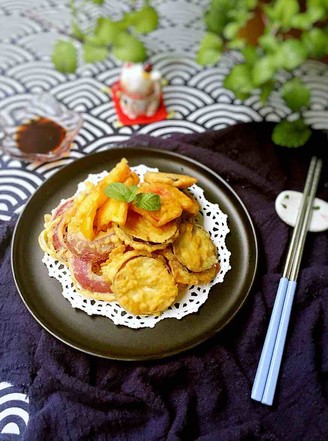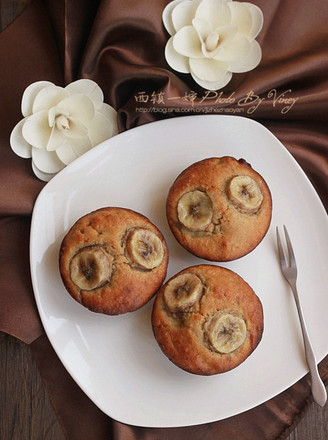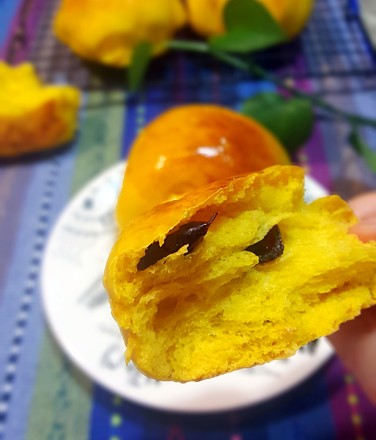Ten Inch Chiffon Cake
1.
Prepare the required materials and weigh them. 1. This is a water bath method of baking, so first wrap the non-sticky bottom cake mold with tin foil. Please ignore this step for the fixed bottom mold. 2. The flour and salt need to be sifted together. 3. Separation of egg white and egg yolk (the egg white should not have a trace of egg yolk, otherwise it is not easy to pass). The egg-bearing basin should be oil-free and water-free, and stainless steel basins should be used.
2.
Add 9 egg yolks to 50 grams of caster sugar and lightly beat them with a whisk. Don't send the egg yolk. (For larger eggs, use 8 eggs).
3.
Add 90 grams of salad oil in 3 times (add while stirring) until it is evenly mixed.
4.
Add 65 grams of pure milk and 65 grams of fresh orange juice (add while stirring) in portions until they are evenly mixed. (In addition to orange juice, you can also change to other juices! If you don't need milk or fruit, you can also directly change to 130 grams of water).
5.
The flour and salt need to be mixed and sifted together. I didn't use baking powder in this recipe. If baking powder is to be used, it must be sifted together with the flour at this time.
6.
After sifting, be sure to mix the mixture in the flour again with your hands or tools. (If it is not evenly mixed, it is prone to cake chipping or other things).
7.
Add the mixed flour to the previously stirred egg yolk mixture, and gently stir with a rubber spatula to mix evenly. Don't mix it for too long to prevent the flour from becoming gluten (if the flour becomes gluten, it may cause the taste of the cake to be too tough and affect the softness of the cake). There is also a second method: you can also directly sift the mixed flour into the egg yolk mixture and mix well.
8.
The technique can be mixed or tic-tac-toe, but don’t stir in circles! This is the prepared egg yolk paste.
9.
Start preparing to kill the egg whites! Add 5 drops of white vinegar or lemon juice to the egg whites. (Like this kind of bottle cap is about 1/3 bottle cap of white vinegar).
10.
To beat the egg whites to 100 grams of caster sugar, add it in three times: beat the egg whites with a whisk until they are in a foamy state, and add 1/3 of the caster sugar (33•3 grams) for the first time. (Of course, the usual method is to use an electric egg beater to beat, because my egg beater beats the toast dough for too much time and burns out the motor. On days without electric, you can still use it manually! By the way, take this opportunity to exercise! If you still have it at home Friends who don’t buy an electric egg beater and oven, you might as well follow this method to beat with a manual egg beater, and then use a rice cooker to make cakes, or steam cakes can be delicious! You must do).
11.
Continue to beat until the egg whites begin to thicken and become thick and thin foam. Add 1/3 of the fine sugar for the second time.
12.
Continue to beat until the egg whites are thicker and lines appear on the surface. Add the remaining 1/3 of the fine sugar for the third time. (If you add too much sugar at one time, it will hinder the frothing of the egg whites, so when you beat egg whites, it is generally used to add sugar in portions over 8 inches. If it is as small as 6 inches, because the amount of fine sugar is relatively small, you can Choose to add sugar all at once).
13.
Continue whipping. When the egg beater is lifted and the egg white can pull out the curved sharp corners, it has reached the level of wet foaming. If you are making chiffon cake rolls, just beat the egg whites to this level. But if you make a regular chiffon cake, you still need to continue whipping. (At this time, preheat the oven, set 150 degrees, 10 minutes).
14.
When the egg beater is lifted, the egg white can pull out a short, upright sharp corner, which indicates that the dry foaming state has been reached and the whipping can be stopped. If you whipped too much, the egg whites will start to become lumpy, which will cause the Chiffon production to fail. (Oh! Look at my manual egg white, it took 25 minutes in total, my hands were very soft, and I took a few minutes of rest in the middle, and finally I'm done, persistence is victory).

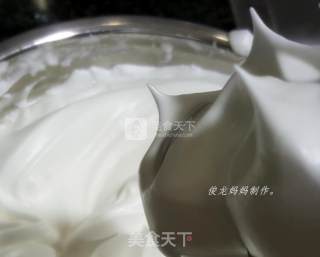
15.
Mix the whipped egg whites with the egg yolk paste three times. First take 1/3 of the egg whites into the egg yolk paste. Use a rubber spatula to gently stir and mix evenly (from the bottom up to mix (the technique is like stir-frying), do not stir in circular motions to prevent the protein from defoaming). For the second time, take 1/3 of the egg white and mix well, then pour all the egg yolk paste into the egg white bowl for the third time, and stir evenly with the same method until the egg white and egg yolk paste are fully mixed. (Reminder: Be sure to mix well, and move fast. If the mixing time is too long, the egg whites will defoam; don't stir too fiercely or too lightly. Do it boldly. In fact, the egg whites are not imagined. It's so fragile in the middle! On the contrary, the chiffon cake becomes a "crazy cake" if the chiffon cake is more carefully mixed and uneven.)

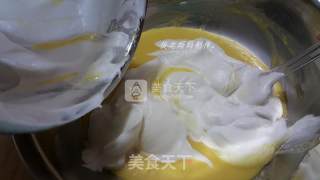
16.
At this time, add the raisins, stir gently, then pour the mixed cake batter into the mold and smooth it. (Raisins can be soaked in warm water for a while in advance, or soaked with rum). (In addition to using raisins, you can also use boiled red beans, or you can add them according to your favorite ingredients, don't use too much, just an appropriate amount).

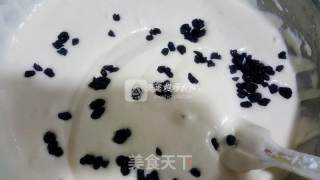
17.
This is the cake batter after mixing, the state after mixing should be relatively thick and uniform light yellow. Pour the cake batter into a non-sticky mold. The walls of the mold cannot be greased to avoid hindering the adhesion of the cake. The surface can also be decorated with raisins, or other patterns. Hold the mold with your hands and shake it twice on the table to shake out the large bubbles inside. Then put it in the deep baking dish, pour half a dish of water into the deep baking dish, and then put it Into the preheated oven, the lower or middle level, 150 degrees, about 68 minutes to bake. (My is Shangpengtang 25-liter oven, the temperature and time are only suitable for my oven, for reference only). Because the temperature difference of each oven is different, the set temperature and baking time can be adjusted according to your own oven temperature.
18.
This is the 25th minute of baking, and the whole room can smell the fragrance at this time! Very good smell!
19.
Baking was carried out for the 25th minute, and a piece of tin foil was placed on the surface of the cake. (This step is only suitable for ovens with small capacity, uneven temperature heating, two heating tubes too close to the food, easy to bake the food, difficult to serve the oven, need to cover the tin foil. If the oven has a large capacity, more than 30 liters, The heating is even, and there is basically no need to cover the tin foil, please ignore this step directly).
20.
The baking has been going on for 68 minutes, ready to be out of the oven. (When the set time is up, turn off the power and make it out immediately. If you have not mastered your oven temperature, whether the cake is cooked at this time, you can insert a toothpick to see if there is any residue on the toothpick. If it is not cooked, you can continue to bake , Set the extra time, according to the degree of cooked cakes, try to sum up experience by yourself).
21.
Freshly baked chiffon cake, about 9 cm in height. (Manually sent egg whites can also grow taller! It gives me a lot of face).
22.
As a result of taking a few photos, I didn't buckle in time, and I became shorter!
23.
The baked chiffon cake should be buckled on the cooling rack immediately before it can be demoulded. (If it is not cooled and demoulded, the cake will shrink).
24.
Demoulding. You can use a special mold release knife ~ first draw a circle from the edge of the cake, and then hold it up from the bottom with your hands. In the water bath method of baking, the mold is very clean and there is nothing to cut the cake!
25.
Chiffon cake body. (At this time, you can use it freely, it can be used to make all kinds of decorated cakes. It is delicious if you can eat it directly).
26.
Cut chiffon cake into pieces.
27.
Let's taste the delicious chiffon cake together!
28.
Sell another cute Chiffon photo!
29.
Attach a piece of my book: the conversion table of the size of the cake mold, (Author: Jun Zhi). for reference only.
30.
Attached is a reference table for the conversion of cake size, weight, and number of people to eat. (The conversion reference table comes from the Internet).
31.
Attach a sheet: material conversion table. (The conversion table comes from the Internet). The egg here refers to a relatively large, smaller egg of about 55 grams.

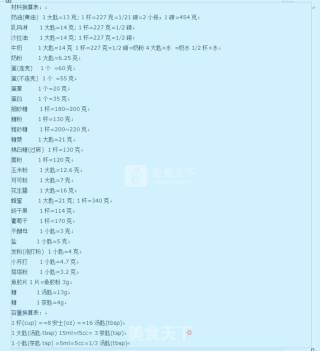
Tips:
TIPS:
1. To make chiffon cakes, use odorless vegetable oil, not peanut oil, olive oil, butter, these heavy oils will destroy the light and delicate taste of chiffon.
2. The egg-filled basin should be oil-free and water-free, and stainless steel basin is appropriate. The egg white should not have a trace of egg yolk, otherwise it will not be easy to pass. Whip the egg whites can pull out a short, upright sharp corner, and you can stop whipping. If you whipped too much, the egg whites will start to become lumpy, which will cause the Chiffon production to fail.
3. After the flour has been sieved, be sure to mix the mixture in the flour again with your hands or tools. If it is not evenly mixed, it is prone to cake chipping or other problems. If you want the cake to be very delicate, you can also reduce the flour by about 10 grams and add about 10 grams of cornstarch.
4. Regarding the mixing of egg yolk paste and egg whites: This is a big problem in making chiffon. It must be mixed thoroughly, and it must be mixed, not in circles. The action must be fast. If the mixing time is too long, the egg whites will defoam; do not stir too fiercely or too lightly, and do it boldly. In fact, the egg whites are not as fragile as imagined! Instead, be cautious, more unevenly mixed, then it will lead to the success or failure of the chiffon cake.
5. The oven must be preheated 10 minutes in advance. Before putting the cake batter into the oven, make sure that the oven temperature is sufficient.
6. If the capacity of the oven is small, it is easy to bake the food, so cover the surface of the cake with a piece of tin foil.
7. To judge whether the cake is cooked, you can insert a toothpick to see if there is any residue on the toothpick. If it is not cooked, you can continue to bake it.
8. The baked chiffon cake should be buckled on the cooling rack immediately before it can be demoulded. If you don't cool down and demould, the cake will shrink; the decorating cream will melt.
9. In the hot season, eggs are best placed in the refrigerator for one or two hours before taking them out for use. Putting in the refrigerator before using the eggs in summer can also play a role in cooling down, because the best temperature for the eggs for making cakes is between 19°C and 22°C.
10. Generally, for each larger size of the cake, the temperature is reduced by 5-10 degrees, and the baking time is extended by 10-15 minutes. But this is not a hard standard. You need to adjust it according to the type of cake and the actual situation of the oven. This requires you to master it flexibly.
11. Use non-sticky cake molds. The walls of the mold should not be greased or covered with greased paper, so as not to hinder the adhesion and climbing of the cake.


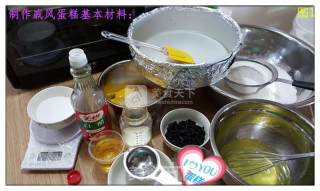
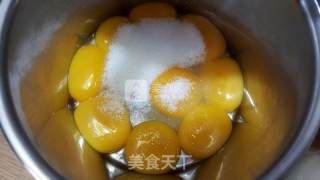
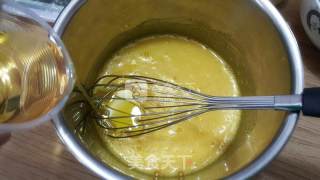
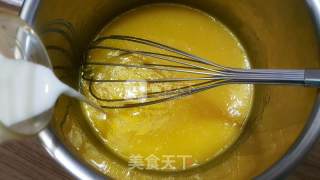
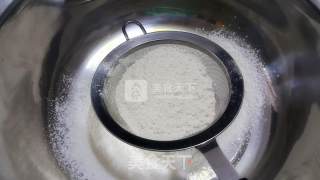
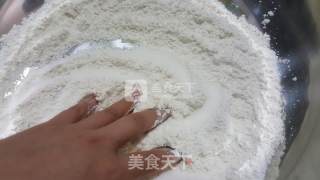
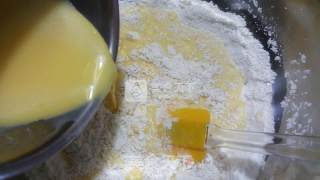
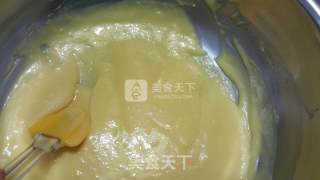
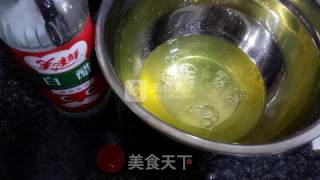
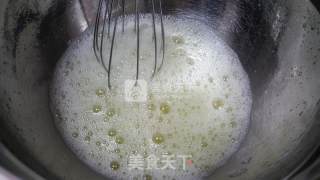
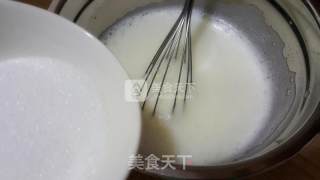

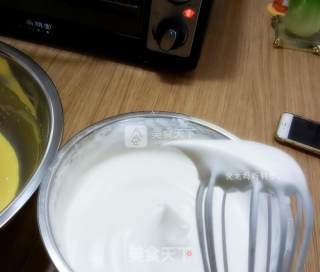



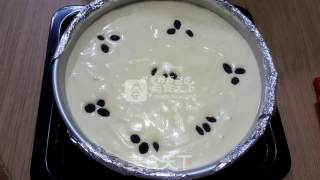
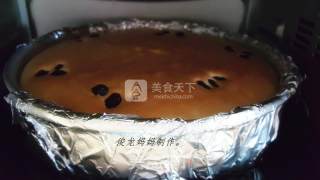
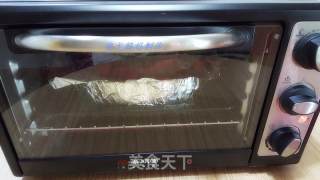
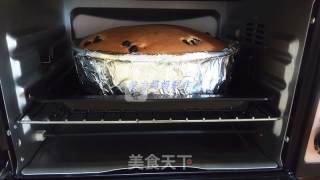
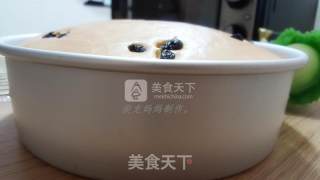
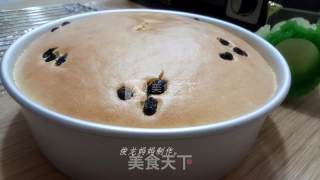


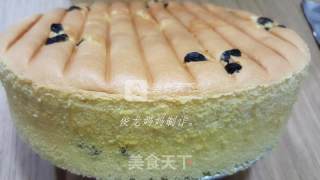
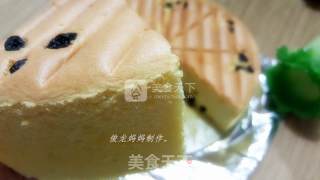
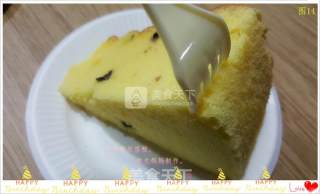
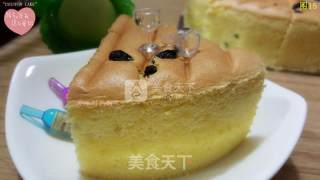
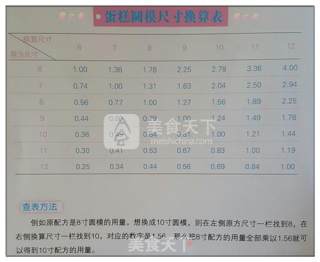
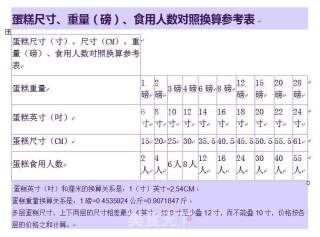

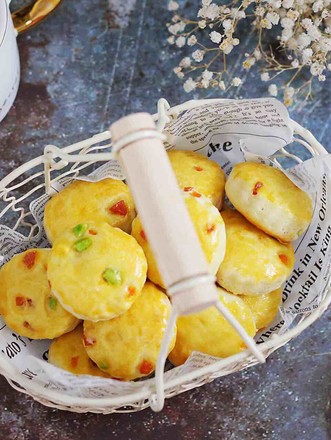
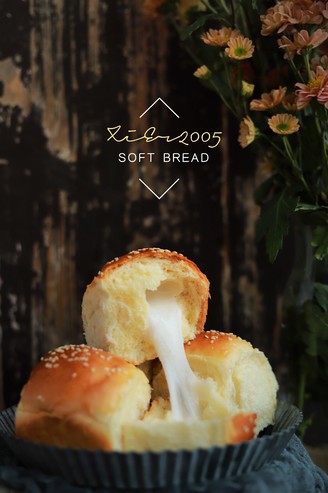
![Seasonal Vegetable Patties [baby Food Supplement] recipe](https://img.simplechinesefood.com/02/024b910033009872aea33017c755a377.jpg)
